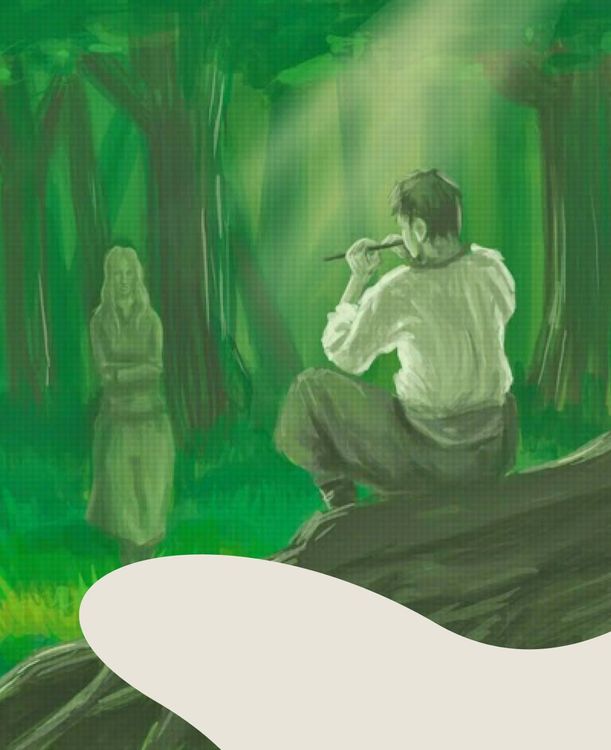Khreshchenia Rusi (Christianization of Kyivan Rus’)

The rise of education, art, literature, science and architecture began. And along with this, the development and unification of Kyivan Rus.
988
Fonts:
Kharkiv Tone
Designer:
Before the Christianisation, Rus’ was already the largest country in Europe. Its territory reached 800,000 square kilometres. Kyiv was built and expanded as the capital. Local princes were removed. The first coins (which are also the oldest artifacts with the trident symbol) were introduced. But Prince Volodymyr the Great understood that strengthening Kyivan Rus’ and raising its prestige on the world stage would be impossible without a religious reform.
Therefore, in 988, he chose not only a new and official religion for Ukraine but also its political direction. The adoption of Christianity opened up opportunities for Volodymyr the Great and his dynasty to interact with the leaders of Byzantium and European states. Christianization also fundamentally changed the nation’s worldview.
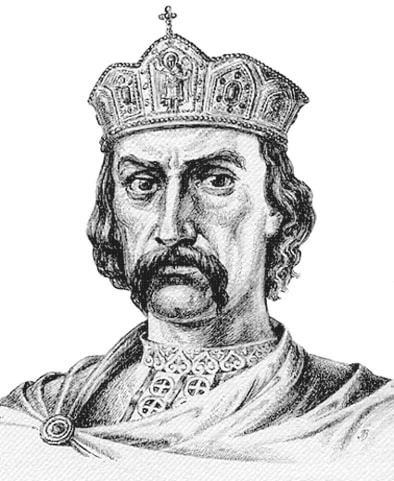
The Christianisation of Rus’ took place gradually. The prince was the first to adopt the faith in order to demonstrate that Christianity was a path to progress. Then, his sons, his court, and nobles followed suit. Only after that, the whole population embraced Christianity.
Along with a rise in education, art, literature, science, and architecture, began the development and unification of Kyivan Rus’. The Cyrillic script started to spread, and first schools for children appeared. Newly built churches and monasteries became centres of culture, where chronicles were written, libraries were founded, and icons, mosaics, and frescoes were created.
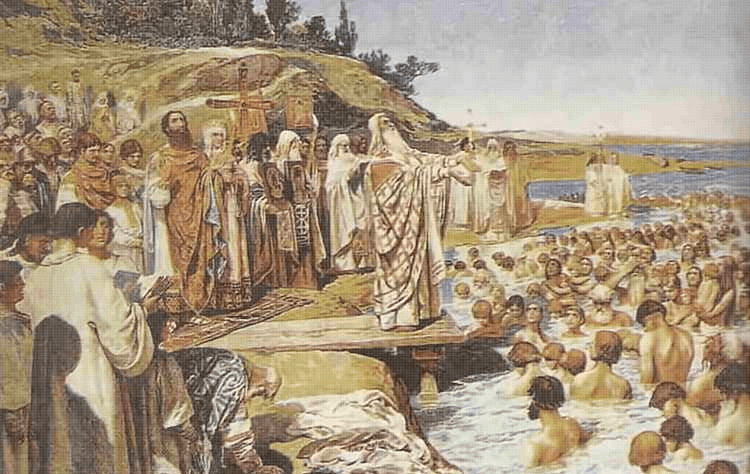
Greek priests started arriving in Rus’ to spread literacy, knowledge about the world, and civilization. With the new religion also came a softening of customs: the barbaric “an eye for an eye” rule was replaced by monetary fines, and capital punishment was abolished.
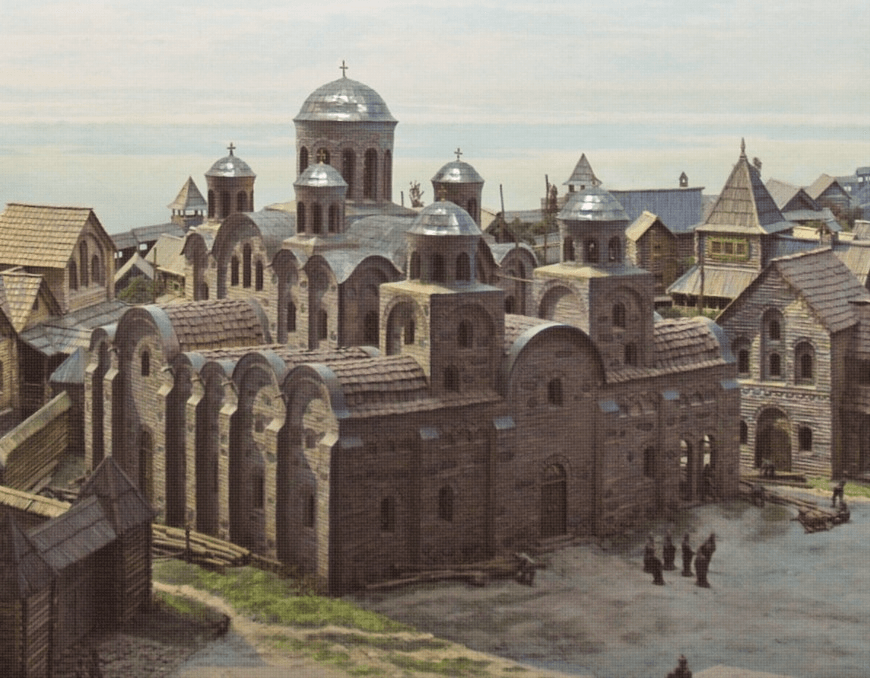
For Ukrainians and the entire democratic world, the Christianisation of Rus’ symbolizes the continuity of Ukraine’s millennia-long history.
That is also the reason why Russians try to appropriate our history through coercion and deception. To counter their fakes about common origins of Ukrainians and Russians, the Ukrainian government established the Day of Ukrainian Statehood on July 15. On this day, Ukrainians honour the memory of Volodymyr the Great and theirunity throughout the ages.
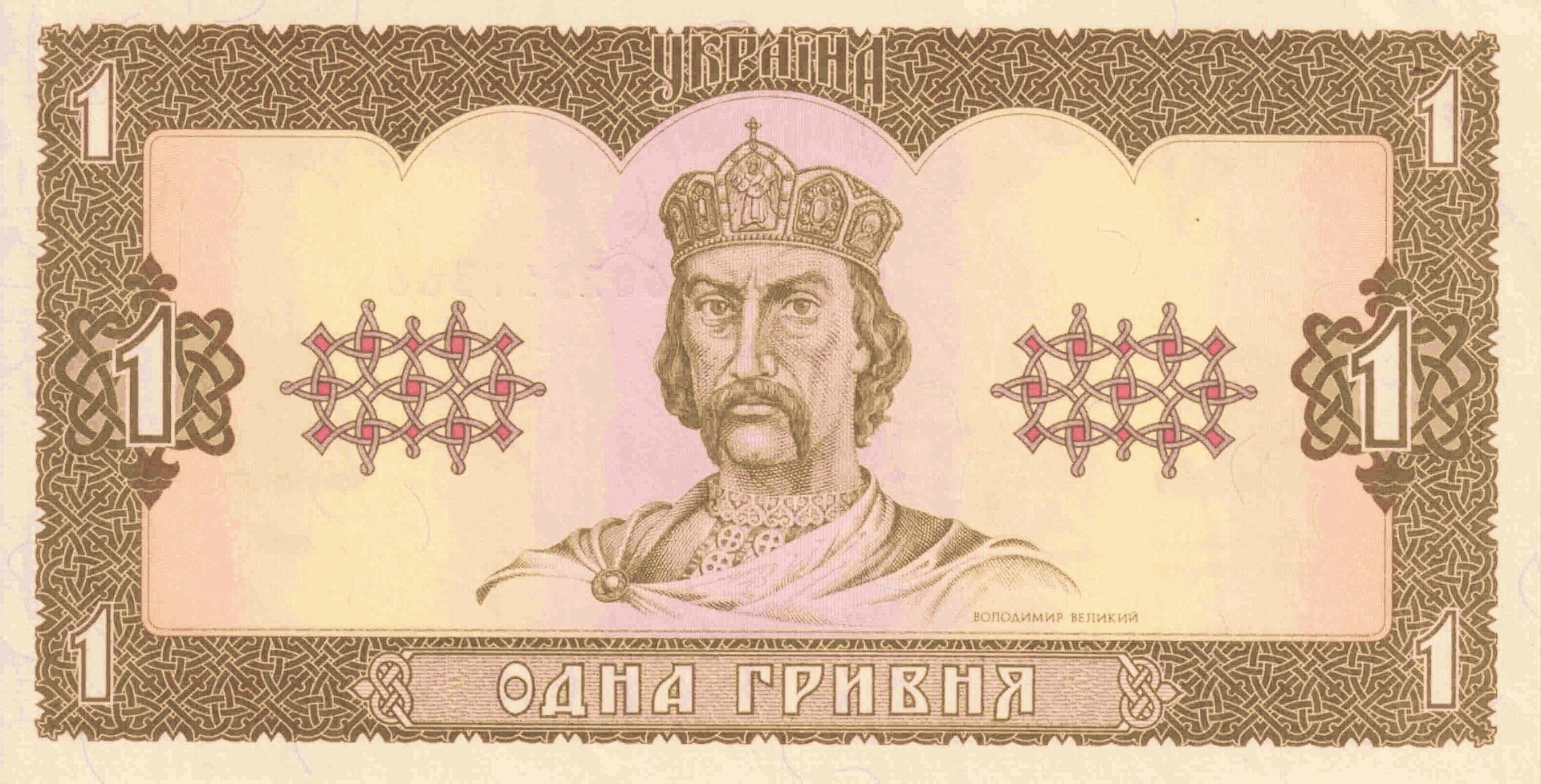
Fonts:
Kharkiv Tone
Details:
Khreshchenia Rusi (Christianization of Kyivan Rus’)
Designer:
About font:
Next letter and event

Khreshchenia Rusi (Christianization of Kyivan Rus’)
this project
in social
“Shchedryk” (The Little Swallow)

Peresopnytske Yevanheliie (The Peresopnytsia Gospel)

Antonov AN-225 Mriya ("The Dream")
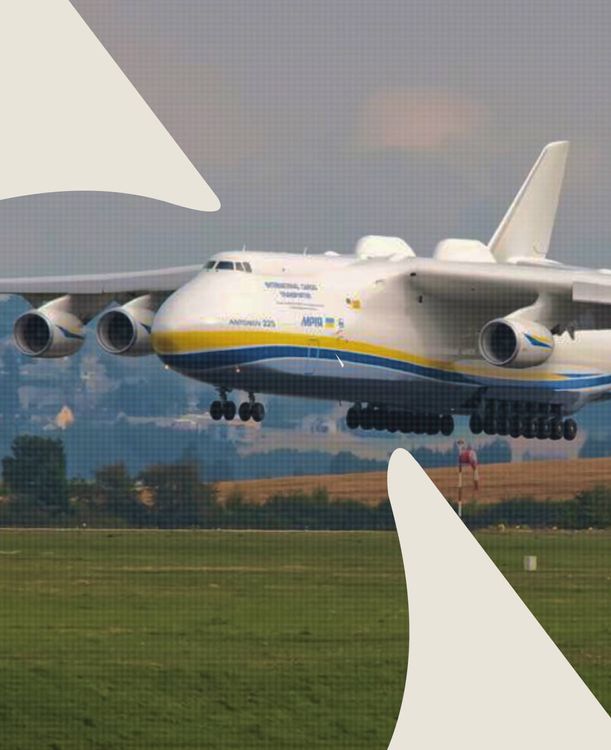
Holodomor

“Plyve kacha po Tysyni...” (“Swims the duckling, on the Tysa...”)


Falz-Fein and his “Askania Nova”

Yizhak protytankovyi (Czech hedgehog)

Mariupol


Aeneid by Ivan Kotliarevsky
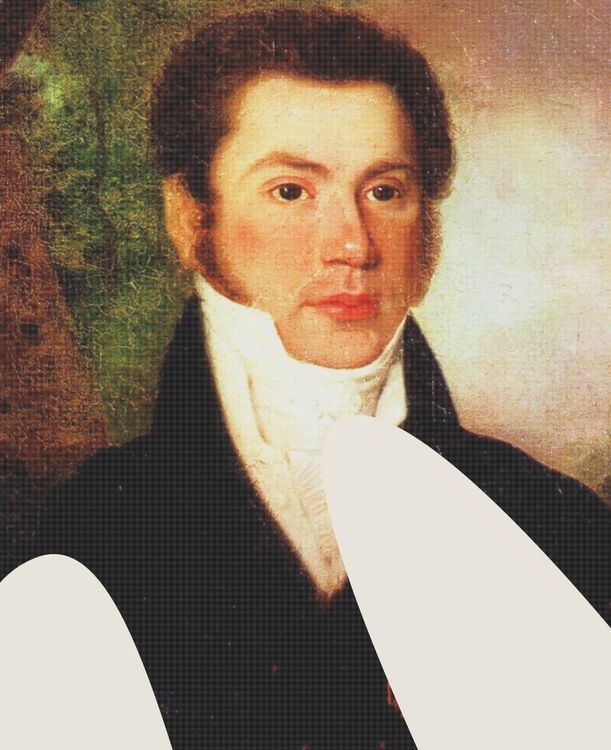

Zhyvyi lantsiuh (Human chain for the 71st anniversary of the Act Zluky)

Zaporizka Sich (The Zaporizhian Host)

Antonov AN-225 Mriya ("The Dream")

Yuzivka

Peresopnytske Yevanheliie (The Peresopnytsia Gospel)

Georgiy Gongadze

Creative & Tech Online Institute
Медіа про дизайн, креатив і тех індустрії

Ukrainski sichovi striltsi (The Ukrainian Sich Riflemen, or the USS)

“Smilyvi zavzhdy maiut shchastia” (“The brave always have happiness”)

Peresopnytske Yevanheliie (The Peresopnytsia Gospel)

Georgiy Gongadze


Aeneid by Ivan Kotliarevsky

Holodomor


“Nasha armiia, nashi khranyteli” (“Our Army, Our Guardians”)
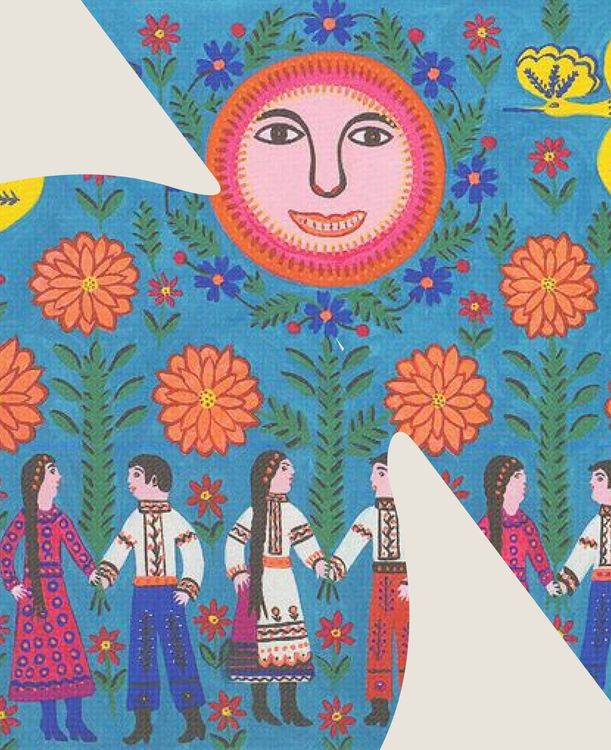
1991 Ukrainian Independence Referendum


Aeneid by Ivan Kotliarevsky

Volia — collective concept, most often translated as Freedom

Peresopnytske Yevanheliie (The Peresopnytsia Gospel)

Zaporizka Sich (The Zaporizhian Host)


Aeneid by Ivan Kotliarevsky

Orlyk’s Constitution

Kvitka Cisyk (Kasey Cisyk)






